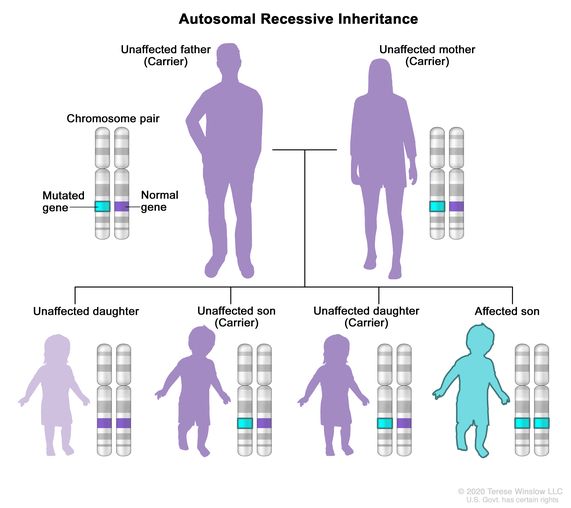Wilson disease
(WIL-sun dih-ZEEZ)
A rare, inherited disorder in which too much copper builds up in the body. The extra copper is stored in the body’s tissues and organs, especially in the liver, brain, and eyes. This can cause liver disease, central nervous system (brain and spinal cord) problems, and mental problems. Signs and symptoms of Wilson disease include yellowing of the skin and the whites of the eyes, a gold or brown ring around the colored part of the eyes, swelling in the abdomen and legs, fatigue, loss of appetite, problems with speech and swallowing, uncontrolled movements or muscle stiffness, anxiety, depression, and mood swings. Wilson disease is caused by mutations (changes) in the ATP7B gene. It is a genetic disorder that is inherited in an autosomal recessive manner and is usually diagnosed in teens and young adults. It is a type of copper storage disease. Also called hepatolenticular degeneration.
